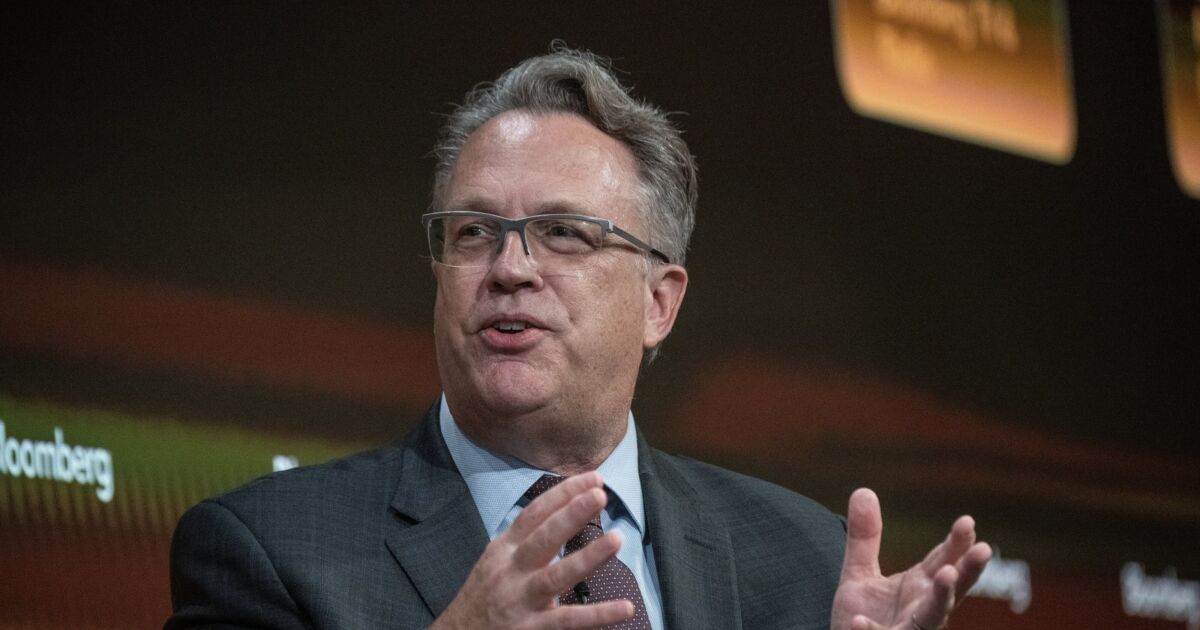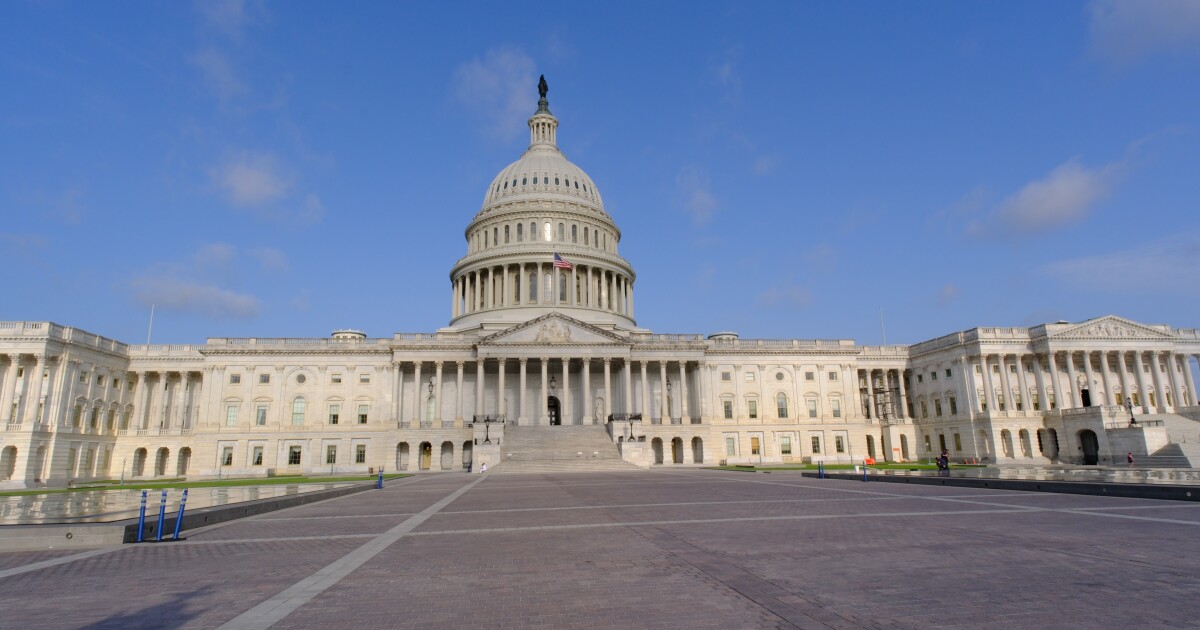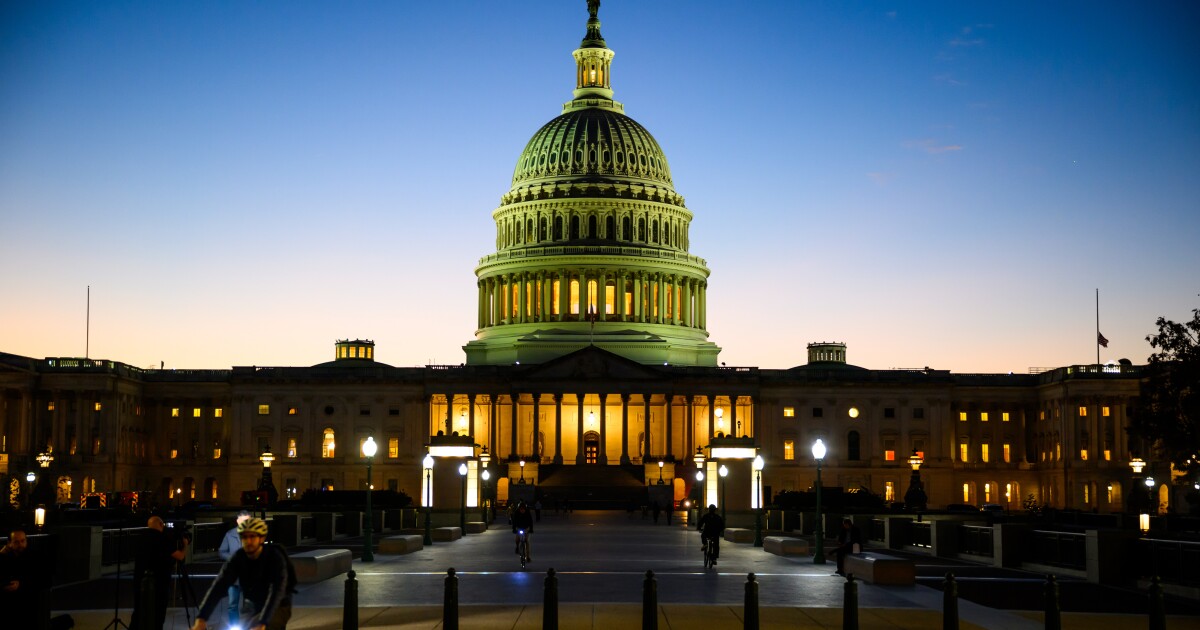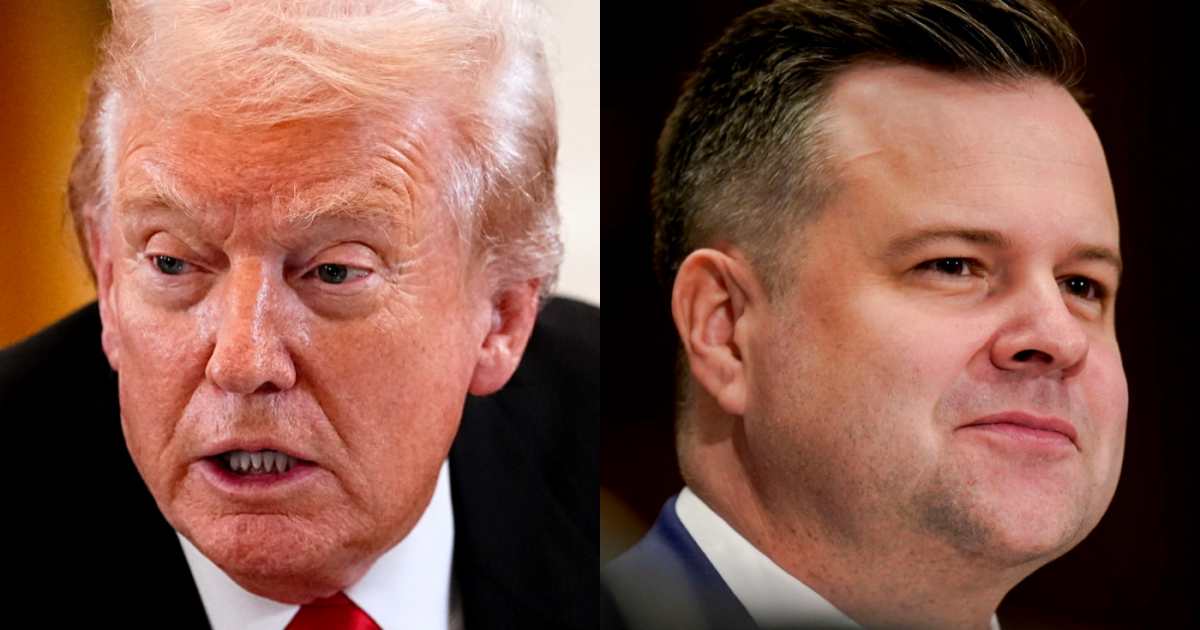
Federal Reserve Bank of New York President John Williams said the economy is headed in the right direction, and it will likely be appropriate to cut interest rates later this year.
Speaking in an interview with Axios, Williams said officials want to see
"At some point, I think it will be appropriate to pull back on restrictive monetary policy, likely later this year," Williams said in the interview published Friday. "But it's really about reading that data and looking for consistent signs that inflation is not only coming down but is moving towards that 2% longer-run goal."
Top Fed officials hammered home the message this week that the US central bank is still on track to cut interest rates this year — just not anytime soon.
As recently as mid-January, investors and some economists were betting on the Fed to start lowering rates at its March 19-20 meeting. Markets have since significantly
The patient approach by policymakers has been largely validated by data released in recent weeks. The consumer price index rose by more than forecast in January, and prices paid to US producers also climbed. As a result, economists forecast the Fed's preferred gauge of underlying inflation to rise at the fastest pace since early 2023 when it's released next week.
Williams also said in the interview, which was conducted Thursday, that the recent spike in
On the balance sheet, Williams said he and his colleagues are taking lessons from 2019. At the time, bank reserve balances became too scarce, causing overnight rates to spike and roiling markets. Officials will have an in-depth discussion about the topic at the March gathering.
"We've learned some of the lessons that — you know, last time we had set out to get to the minimum level of reserves consistent with efficient operations, carrying out monetary policy," he said.
Williams noted the Fed is looking to maintain a buffer above the lowest comfortable level of reserves without pushing too hard to the point of scarcity, and he pointed to the standing repo facility as a backstop that could help prevent market disruption. He also acknowledged they're looking at a variety of indicators, "but maybe through a different lens."
"Interpreting these different indicators and some of the new ones we've developed are consistent with that goal," he said. "I think all three of those really come from the lessons of last time and experience from 2019 and then what happened after."



